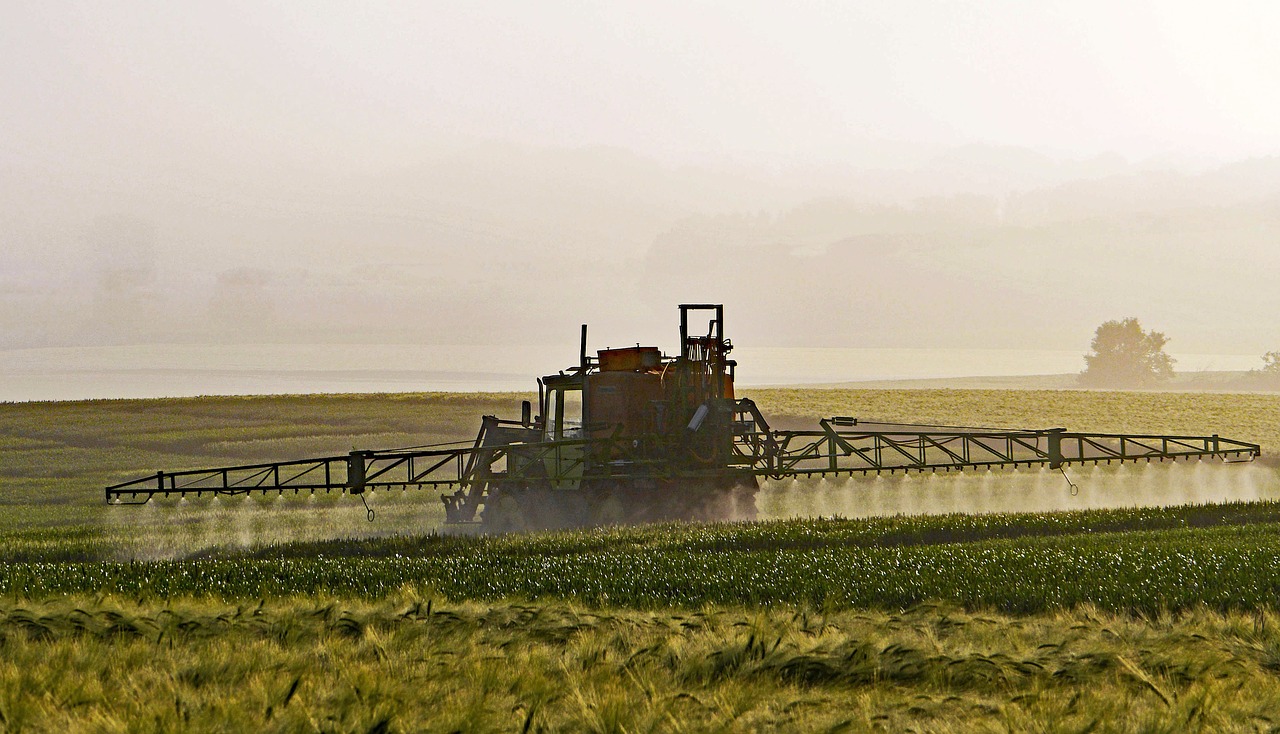Fertilizers, a Boon to Agriculture, Pose Growing Threat to U.S. Waterways
Author: Tatiana Schlossberg | Published: July 27, 2017
Nitrogen-based fertilizers, which came into wide use after World War II, helped prompt the agricultural revolution that has allowed the Earth to feed its seven billion people.
But that revolution came at a cost: Artificial fertilizers, often applied in amounts beyond what crops need to grow, are carried in runoff from farmland into streams, lakes and the ocean. New research suggests that climate change will substantially increase this form of pollution, leading to more damaging algae blooms and dead zones in American coastal waters.
A study published Thursday in Science concludes that eutrophication, excessive nutrient enrichment, is likely to increase in the continental United States as a result of the changes in precipitation patterns brought by climate change. Heavier rains caused by warmer temperatures will cause more agricultural runoff, sluicing more nutrients into rivers, lakes and oceans.
The authors found that future climate change-driven increases in rainfall in the United States could boost nitrogen runoff by as much as 20 percent by the end of the century.
“When we think about climate change, we are used to thinking about water quantity — drought, flooding, extreme rainfall and things along those lines,” said Anna Michalak, a professor of global ecology at the Carnegie Institution for Science in Stanford, Calif., and one of the authors of the study. “Climate change is just as tightly linked to issues related to water quality, and it’s not enough for the water to just be there, it has to be sustainable.”
Excess nitrogen from the fertilizers can cause eutrophication in the ocean, which can lead to harmful algae blooms or hypoxia — reduced levels of oxygen that create conditions in which organisms can’t survive.
The study’s authors looked at three emissions scenarios — high, stable and falling — in both the near and far future in more than 2,100 “subbasins” or watersheds in the continental United States.

